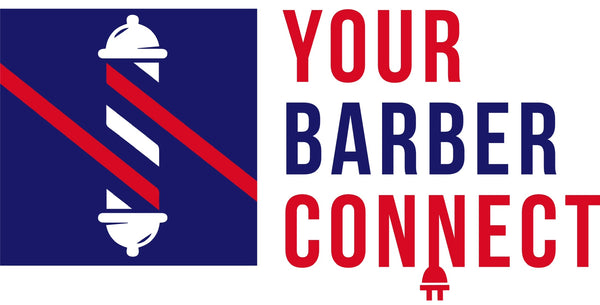
A Timeless Journey: The Evolution of Men's Hairstyles
Share
Men's hairstyles have long been a canvas for cultural expression, reflecting the changing times and diverse influences from across the world. From the sleek hairdos of the early 20th century to the eclectic styles of today, each era has brought its own unique flair to men's grooming.
The Early 20th Century: In the early 1900s, hairstyles were generally neat and well-groomed, mirroring the conservative fashion of the times. In Western cultures, slicked-back hair was the norm, while in other parts of the world, traditional hairstyles reflected cultural heritage, often tied to social status and identity.
The Roaring '20s and '30s: The 1920s and '30s saw a mix of the classic and the avant-garde. The Harlem Renaissance brought the conk into prominence among African American men, symbolizing a break from the past, while the Hollywood Golden Age popularized the sophisticated side part and pompadour in the mainstream.
Post-War Era and the '50s: After World War II, there was a cultural shift that saw more diverse and expressive hairstyles. The Afro became a symbol of pride and cultural identity among African Americans. Simultaneously, in various parts of Asia, longer, traditional hairstyles began to give way to more Western-influenced cuts.
The Revolutionary '60s and '70s: These decades were a time of significant cultural upheaval. The Civil Rights Movement in America saw the Afro evolve into a powerful symbol of Black pride. The counterculture movement brought longer, freer hairstyles as a symbol of rebellion and freedom, transcending racial and national boundaries.
The Eclectic '80s and '90s: The 1980s and '90s were an era of bold choices and cultural blending. Hairstyles like the Jheri curl, high-top fade, and cornrows gained popularity in the African American community, while the mullet, buzz cut, and grunge hair represented mainstream trends. In Asian countries, pop culture began to influence youth, leading to the adoption of more varied and experimental hairstyles.
The 2000s to Present: Today's hairstyles are as diverse as ever, with a renewed appreciation for traditional styles alongside modern cuts. The internet and global media have made cross-cultural exchange more accessible, leading to a fusion of styles. Undercuts, man buns, dreadlocks, and fades are seen in cities around the world, each with its unique local twist.
Conclusion: The evolution of men's hairstyles is a testament to the rich tapestry of our shared history. It's a journey that spans cultures and eras, showing how our differences can come together to create something beautiful and ever-changing. As we continue to share and learn from each other, the world of men's hairstyling remains an exciting and diverse realm to explore.
